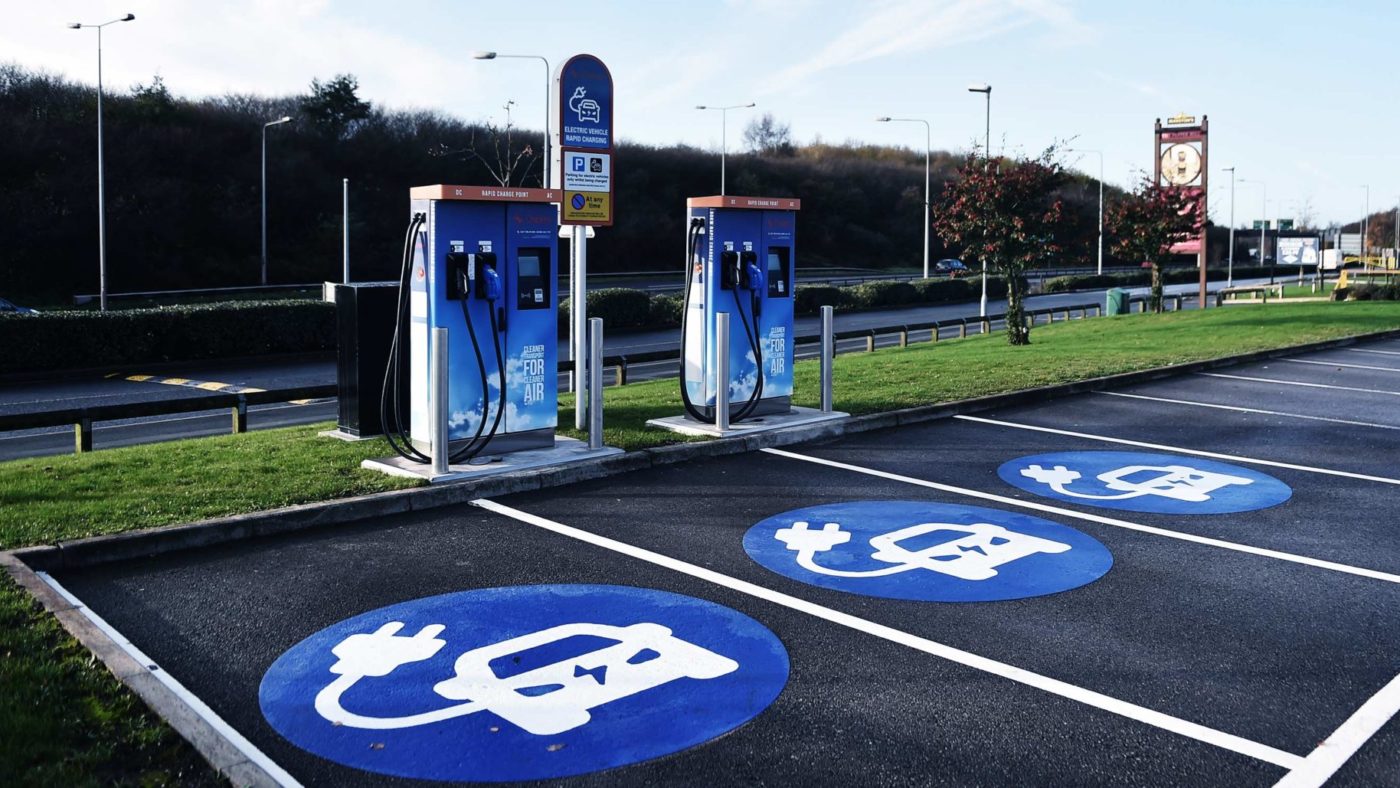The creation of a UK Infrastructure Bank will form a core component of the Government’s strategy to level up and decarbonise the UK economy. As finance from the European Investment Bank (EIB) to UK projects declines, the UK Infrastructure Bank will attempt to catalyse investment into new infrastructure by co-investing with other investors as well as offering guarantees, debt and equity products.
The Bank will not, of course, be a silver bullet in ensuring infrastructure policy achieves levelling up and net zero priorities. There are various other challenges that must be addressed to satisfy these objectives – not least the need for the Government to deliver an investable infrastructure pipeline.
Nonetheless, it is commonly understood that a facility is required to help finance early-stage development of new or unproven low carbon technologies in the UK. These prospective innovations often have either revenue, construction or technological risks – or, indeed, a combination of these – which the private sector is usually unwilling to bear alone.
A common criticism of the EIB is that it all too often ends up financing projects that could easily attract private capital without its involvement and therefore provided little additionality in the infrastructure market; the creation of a new UK National Infrastructure Bank offers a chance to rectify this and support the development of new, unproven green innovations.
Digitised low carbon transport, sustainable aviation fuels, carbon capture and storage, and innovations to help decarbonise buildings are just some examples of areas where the British Infrastructure Bank could get involved. And success in such areas is vital. Without rapid technological innovation, net zero targets will leave policymakers with no option but to impose substantial new taxes and restrictions that are likely to face strong resistance from large sections of the public.
So will the Bank deliver in the way the Government envisages, in London and beyond? Well, there will be difficulties to overcome. There will be a delicate balancing act between making financial returns and meeting the Bank’s other priorities. And if the Bank focuses on trying to catalyse investment into riskier technological investments, it still remains to be seen whether the private sector will be willing to share in the risks. It also raises questions around how healthy the Bank’s future balance sheet will be. The Green Investment Bank is a salutary example: set up in 2012, it ended up being sold off to the private sector to reduce public debt, and there is a risk of something similar happening to the UK Infrastructure Bank.
The Bank’s mandate to “level up” the UK also suggests that London may not receive many benefits from its resources. Viewing regional infrastructure investment as a zero-sum game is misguided – for example, economic activity created by a new Siemens’ factory in East-Yorkshire will end up delivering rolling stock for trains on London Underground’s Piccadilly line. But, nonetheless, the Bank may be under political pressure to drive investment outside London.
There seems to be some nervousness from London’s political figures on this front. Sadiq Khan pledged “a new financing facility to bring more investment for infrastructure in London” in his Mayoral manifesto. However, creating a standalone City Hall-led financing facility for infrastructure would likely face challenges. The Mayor currently has a limited revenue base, and there’s a question of how such a facility would sit alongside a UK-wide Infrastructure Bank that can lend to Mayoral and Local Authorities. This highlights the need for more joined-up thinking between City Hall and Government.
The UK Infrastructure Bank, which has recently appointed Chris Grigg as its Chair, will soon become operational on an interim basis. It is a welcome and well-overdue development – Germany, Japan and Canada, for example, already have publicly owned, operationally independent financing institutions for infrastructure – but its effectiveness in spurring a green infrastructure revolution in London and across the UK is by no means guaranteed.
Click here to subscribe to our daily briefing – the best pieces from CapX and across the web.
CapX depends on the generosity of its readers. If you value what we do, please consider making a donation.


